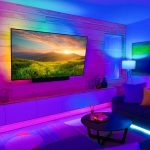Optimize Your TV Viewing Experience: Discover the Best LED Light Color for Watching TV
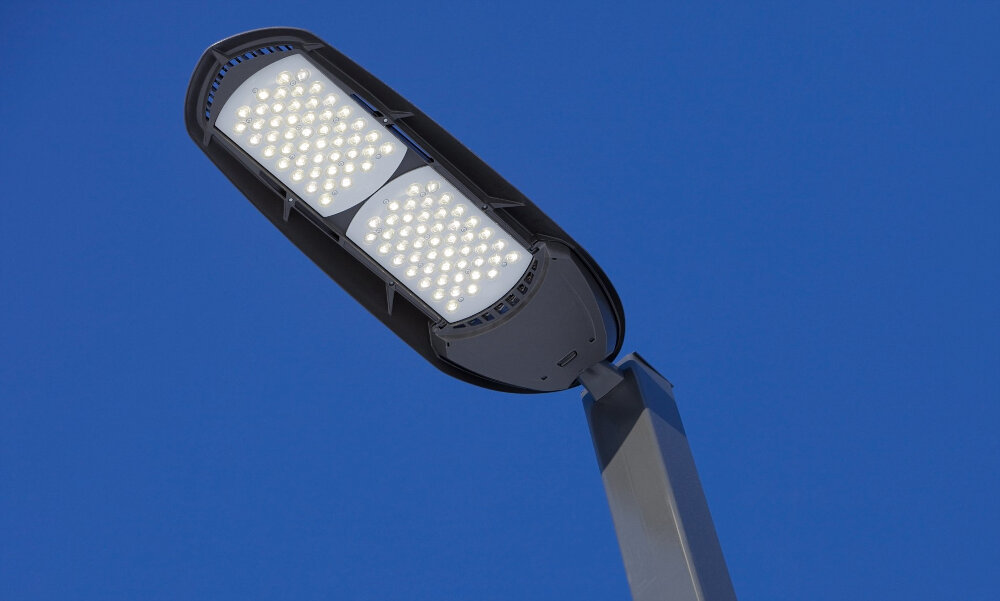
In today’s digital age, television is no longer just a source of entertainment, but a way of life. With the advent of streaming services and high-definition screens, people are spending more time than ever before in front of their TVs. Yet, there is one aspect of the viewing experience that often goes overlooked: lighting. The right lighting can make all the difference in creating an immersive and enjoyable viewing experience. In this article, we will explore the best LED light color for watching TV and how it can optimize your viewing experience. The impact of lighting on the viewing experience is often underestimated. Poor lighting can cause eye strain, headaches, and even affect your mood. On the other hand, the right lighting can enhance the colors and contrast of your TV screen, creating a more vivid and enjoyable experience. With the rise of LED lights, there are now more options than ever before for customizing your lighting to suit your viewing preferences. By understanding the role of lighting in your TV viewing experience and selecting the best LED light color, you can take your viewing experience to the next level.
LED lights can have a significant impact on the TV viewing experience, affecting both the quality of the picture and the overall ambiance of the room. The color temperature of the LED lights can make a difference, with cooler temperatures providing a bright, vibrant picture and warmer temperatures creating a more relaxing atmosphere. Additionally, the placement and intensity of the lights can help to reduce glare and eye strain, making for a more comfortable viewing experience. By choosing the right LED lights and adjusting them to the optimal settings, viewers can enhance their TV watching experience and fully immerse themselves in their favorite shows and movies.
Choosing the right LED light color is crucial for enhancing your TV viewing experience. The color temperature of LED lights can affect the ambiance of your room, and it can also impact the way you perceive the colors on your TV screen. For example, if you use warm white LED lights with a yellow tint, it can create a cozy and relaxing atmosphere, but it may also make the colors on your TV screen appear washed out. On the other hand, using cool white LED lights with a blue tint can create a more energetic and vibrant ambiance, and it can also make the colors on your TV screen appear more vivid and lifelike. Therefore, it is important to choose the right LED light color that complements your TV viewing preferences and creates a comfortable and enjoyable environment for your eyes.
Understanding LED Light Colors

LED lights have become increasingly popular in recent years due to their energy efficiency and long lifespan. However, not all LED lights are created equal. One important factor to consider is the color temperature of the light. Color temperature is measured in Kelvin (K) and determines the warmth or coolness of the light. For optimal TV viewing, it is recommended to use LED lights with a color temperature of 6500K. This creates a cool white light that mimics daylight and provides a clear and vibrant picture on your TV screen. On the other hand, LED lights with a lower color temperature, such as 2700K, produce a warm yellow light that can distort the colors on your TV screen and make the picture appear dull. It is also important to consider the brightness of the LED lights. When watching TV in a dark room, it is recommended to use dimmer lights to reduce eye strain and create a more comfortable viewing experience. Overall, understanding LED light colors and their impact on your TV viewing experience can greatly enhance your enjoyment of your favorite shows and movies.
The RGB color model is an additive color model that is widely used in electronic displays such as televisions, computer monitors, and mobile screens. RGB stands for red, green, and blue, which are the primary colors of light that can be combined in different proportions to create a wide range of colors. In the RGB color model, each color is represented by three values that range from 0 to 255, which correspond to the intensity of each color. By combining different amounts of red, green, and blue, a vast spectrum of colors can be created, which allows for highly detailed and vibrant images to be displayed on screens. Understanding the RGB color model is essential for optimizing your TV viewing experience, as it enables you to adjust the color settings on your TV to achieve the best possible picture quality.
Colors have a significant impact on our mood and atmosphere, and choosing the right LED light color can enhance our TV viewing experience. Warm colors such as red, orange, and yellow create a cozy and inviting atmosphere, perfect for a relaxing night in. Cool colors such as blue and green have a calming effect, ideal for reducing stress after a long day. Bright and bold colors like purple and pink can add a fun and playful vibe to the room, perfect for watching movies with friends. It’s essential to consider the mood you want to create in your living space when choosing LED light colors to optimize your TV viewing experience.
The application of LED light colors can greatly impact the ambiance and mood of different settings. For instance, blue LED lights are generally used in medical and dental offices to create a calming and relaxing environment. In the entertainment industry, red LED lights are often used to create a dramatic and intense atmosphere in concert venues and theaters. Green LED lights are commonly used in educational settings to improve focus and concentration, while yellow LED lights are used in office spaces to increase productivity and alertness. When it comes to optimizing the TV viewing experience, warm white LED lights are recommended as they provide a comfortable and relaxing atmosphere that is perfect for unwinding and enjoying your favorite shows or movies.
The Best LED Light Colors for TV Viewing
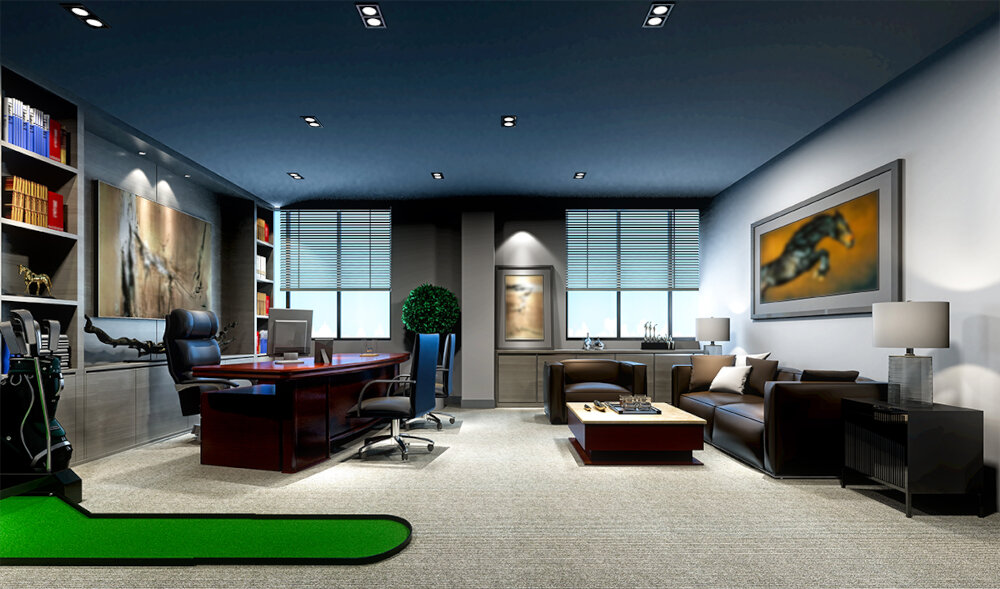
The LED light colors you choose for your TV viewing experience can greatly impact the quality of your watching experience. While there are a variety of LED colors available, some are better suited for TV viewing than others. The two best LED light colors for TV viewing are warm white and soft white. Warm white LED lights provide a cozy and comfortable atmosphere, making them perfect for TV watching. The light they emit is similar to the warm and calming glow of a sunset, which can help reduce eye strain and create a relaxed environment. This type of light is also great for creating a cinematic experience, as it can enhance the contrast and brightness of the TV screen. Soft white LED lights, on the other hand, provide a more natural and neutral light that is ideal for reducing eye fatigue during extended TV viewing periods. They are also great at reducing glare and providing an even distribution of light, which can help enhance the overall picture quality of your TV. Overall, both warm white and soft white LED lights are excellent choices for optimizing your TV viewing experience.
LED light colors can significantly impact the TV viewing experience. The wrong color temperature can cause eye strain, headaches, and even affect your sleep. Blue light can make it difficult to fall asleep and cause eye fatigue, while red and warmer light temperatures can create a relaxing atmosphere. Additionally, the brightness of the LED light can affect the contrast of the TV, making it hard to see the details in darker scenes. By choosing the right LED light color, you can enhance your TV viewing experience and enjoy your favorite shows without any discomfort.
Switching to warm white or soft white LED lights can greatly enhance your TV viewing experience. These types of LED lights emit a warmer and more natural light that is easy on the eyes, reducing eye strain and making it easier to focus on the screen. Additionally, warm white and soft white LED lights create a cozy and inviting atmosphere in your living room, perfect for relaxing and unwinding while watching your favorite shows or movies. Unlike cool white LED lights, which can be harsh and distracting, warm white and soft white LED lights provide a warm and inviting glow that enhances the overall viewing experience. So, if you want to optimize your TV viewing experience, consider switching to warm white or soft white LED lights in your living room.
When it comes to LED lights for TV viewing, warm white and soft white are two popular options. Warm white lights emit a yellowish hue that creates a cozy and inviting atmosphere. They work well in living rooms or bedrooms where you want to relax and unwind. On the other hand, soft white lights emit a slightly cooler tone that is closer to natural sunlight. They tend to be brighter and work well in rooms where you need to see things clearly, such as a home office or kitchen. Ultimately, the choice between warm white and soft white LED lights depends on your personal preference and the atmosphere you want to create in your space.
Setting Up LED Lights for TV Viewing
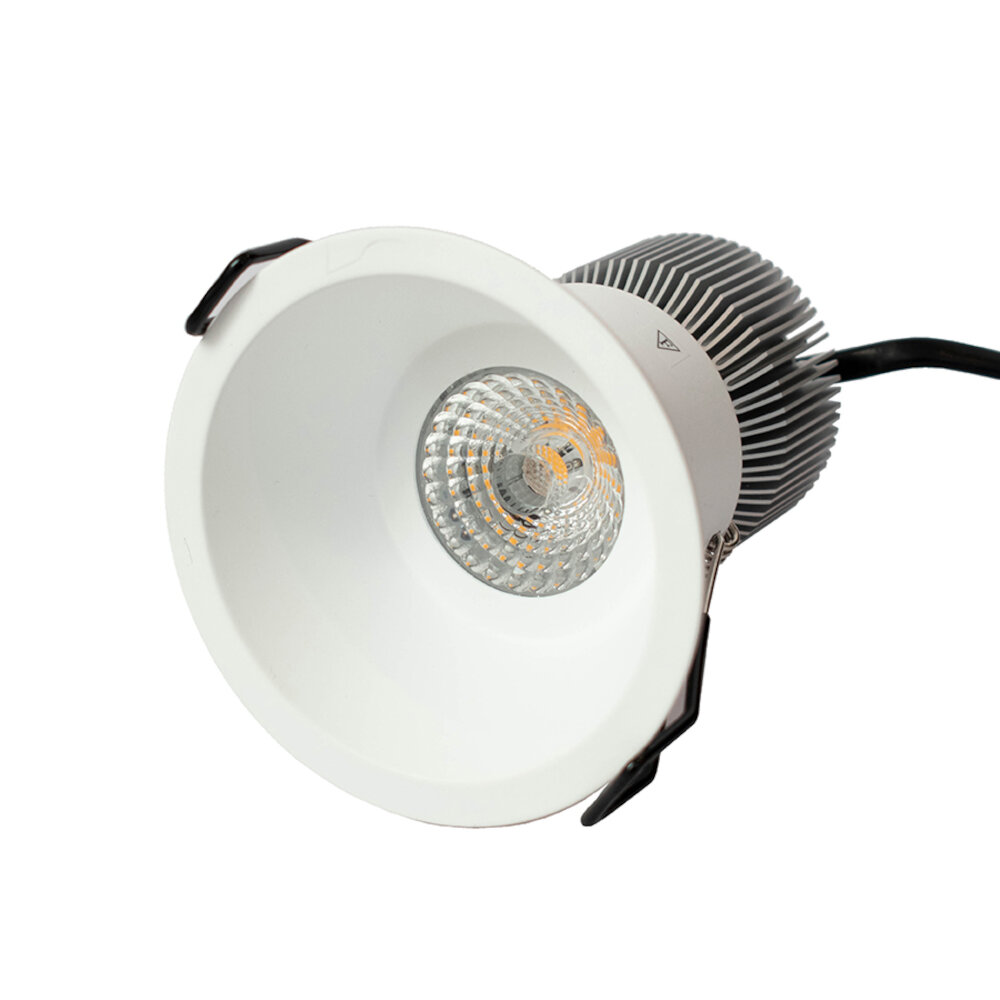
Setting up LED lights for TV viewing is an excellent way to enhance your viewing experience. This technique involves placing LED lights behind your TV to create a backlight that reduces eye strain and makes the colors on your screen pop. The lights also create an ambient glow that can set the mood for movie night or enhance the atmosphere for a sports game. Many people use LED lights for TV viewing because they are energy-efficient, long-lasting, and easy to install. To set up LED lights for TV viewing, you will need to purchase a set of LED light strips and a power source. You can find these items at most electronics stores or online retailers. Once you have your supplies, you will need to measure the length of your TV and cut the LED light strips to fit. Then, you can attach the strips to the back of your TV and plug them into the power source. Many LED light strips come with a remote control that allows you to adjust the color and brightness of the lights to match your preferences. With a few simple steps, you can create a custom LED backlight that will enhance your TV viewing experience and add a touch of ambiance to your living space.
To set up LED lights in the viewing area, first, you need to decide the placement and the number of lights required based on the size of the room and the TV screen. Next, you need to choose the appropriate LED light color that complements your TV screen, such as warm white or cool white. Once you have the LED lights, you can install them using adhesive strips or clips. It is recommended to place the LED lights behind the TV to reduce glare and eyestrain. Additionally, you can install LED lights along the walls or ceiling to create an ambient effect that enhances the overall viewing experience. Finally, you can adjust the brightness level and color temperature of the LED lights to suit your preferences using a remote control or a smart device. By following these simple steps, you can optimize your TV viewing experience and enjoy your favorite movies and shows with enhanced visual clarity and comfort.
Choosing the right LED light fixtures can significantly enhance your TV viewing experience. It is important to consider the color temperature of the LED lights as it can affect the overall ambiance of the room. A warm white light (2700K-3000K) can create a cozy and relaxing atmosphere, perfect for watching movies or TV shows at night. On the other hand, a cool white light (4000K-5000K) can provide a brighter and more energizing environment, suitable for daytime viewing or sports events. Dimmable LED lights can also be a great option as they allow you to adjust the brightness and set the perfect mood for your TV viewing. Additionally, choosing LED lights with a high color rendering index (CRI) will ensure that the colors on your TV screen appear more vivid and accurate.
The placement of LED lights is crucial for an optimal TV viewing experience. The lights should be placed behind the TV, at a distance of 1-2 feet, and angled towards the wall behind the TV. This creates a soft glow around the TV that reduces eye strain and enhances contrast, making the picture appear sharper and more vivid. It is important to choose LED lights with a color temperature between 6500K and 7000K, as this is the range that complements the blue light emitted by most TVs. Additionally, the lights should be dimmable, so that you can adjust the brightness to suit your preferences. By following these guidelines, you can create a comfortable and immersive viewing environment that enhances your TV-watching experience.
Additional Tips for Optimizing TV Viewing Experience
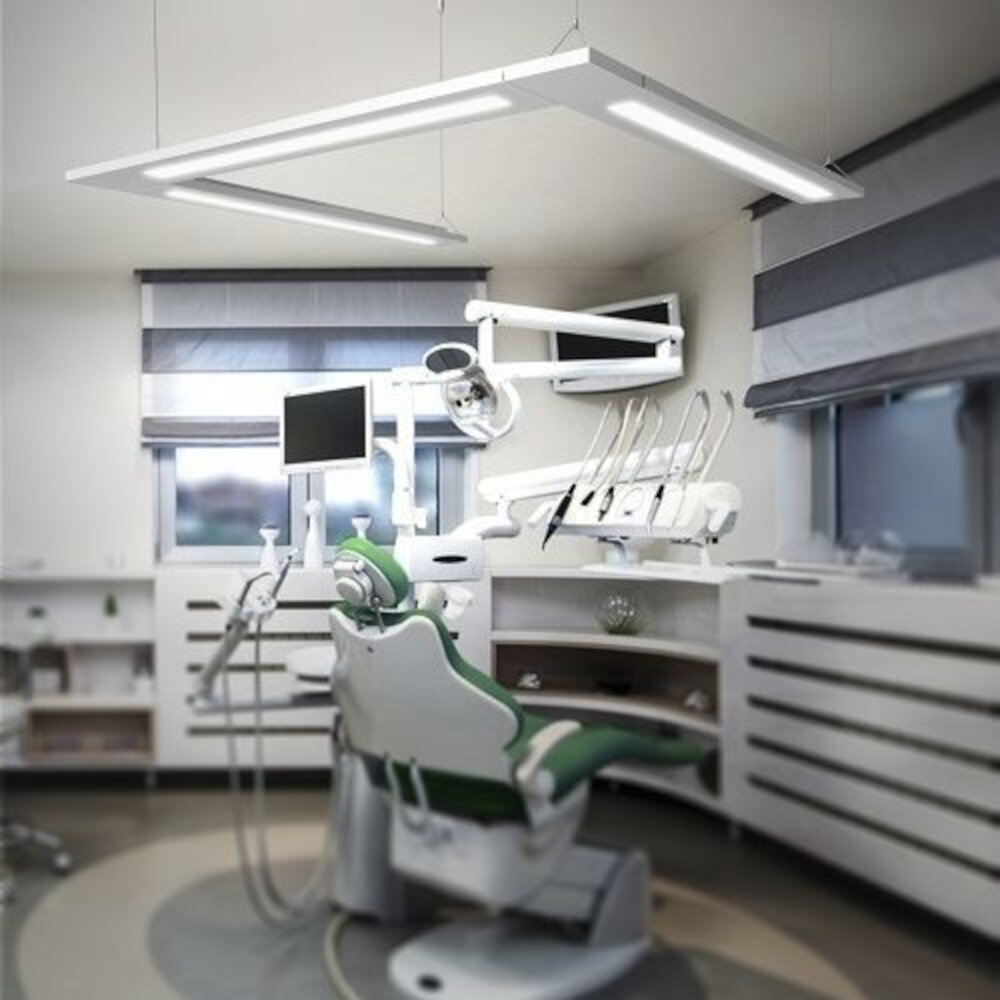
In addition to choosing the right LED light color for your TV viewing experience, there are other tips that can help optimize your viewing pleasure. One important factor is the distance between you and the TV screen. The ideal distance for watching TV is typically between 7 and 10 feet away from the screen, depending on the size of your TV. Sitting too close to the screen can cause eye strain and headaches, while sitting too far away can make it difficult to see details and make out small text. You may also want to consider the height of your TV screen in relation to your seating position. The center of the TV screen should be at eye level or slightly below to avoid neck strain. Another important factor in optimizing your TV viewing experience is the sound quality. Many modern TVs come with built-in speakers, but these may not provide the best sound quality. Consider investing in a soundbar or surround sound system to enhance your audio experience. You may also want to adjust the sound settings on your TV to find the right balance between dialogue and background noise. Finally, make sure to take regular breaks during long TV viewing sessions to avoid eye strain and fatigue. Stand up, stretch, and take a walk around the room every hour or so to keep your body and mind refreshed.
Dimmer switches are an indispensable tool in creating the perfect ambiance for TV viewing. They allow you to adjust the brightness of your LED lights, which can make a significant impact on the quality of your viewing experience. By lowering the brightness, you can reduce the glare on your TV screen, making it easier on your eyes and reducing eye strain. Additionally, dimmer switches can help create a cozy, relaxed atmosphere, perfect for movie night. With the ability to adjust the light levels to your preference, you can optimize your TV viewing experience and enjoy your favorite shows and movies in comfort and style.
When it comes to optimizing your TV viewing experience, avoiding reflective surfaces is a crucial factor to consider. Reflective surfaces can cause unwanted glare and reflections on your TV screen, which can distract you from enjoying your favorite shows or movies. To avoid this, it’s best to position your TV away from windows or other sources of natural light that can cause reflections. Additionally, you can invest in an anti-glare screen protector or curtains to further reduce the amount of glare on your TV screen. By taking these steps, you can enhance your viewing experience and enjoy your favorite content without any distractions.
Proper TV placement is crucial for an optimal viewing experience. The placement of the TV affects the viewer’s comfort, eyesight, and overall enjoyment. To ensure proper placement, the TV should be placed at eye level, with the center of the screen at the viewer’s eye level when seated. The distance between the TV and the viewer should also be taken into consideration, as the viewing distance affects the viewer’s perception of the image quality. The room’s lighting should also be considered, as glare and reflections on the screen can reduce the viewing experience. Overall, proper TV placement is essential for a comfortable, enjoyable, and immersive viewing experience.
The LED light color plays a crucial role in enhancing the TV viewing experience. It affects the overall ambiance of the room and can either create an immersive environment or a distracting one. Choosing the right LED light color can reduce eye strain and fatigue, making it easier to watch TV for extended periods. Warm white LED lights with a color temperature of around 3000K are ideal for a cozy and comfortable viewing experience, while cool white LED lights with a color temperature of around 6500K are best for a more vibrant and lively ambiance. It is important to note that the brightness of the LED lights should also be adjusted accordingly to prevent any glare or reflection on the TV screen. Overall, the LED light color is a crucial factor in optimizing your TV viewing experience and should be carefully considered.
In conclusion, optimizing your TV viewing experience requires attention to various factors, including the LED light color. While warm white light is the best option for a comfortable and relaxing viewing experience, cool white light can enhance the color and contrast of the screen. It’s important to adjust the brightness of the LED lights to prevent glare or eye strain. Additionally, consider the placement of the TV and seating arrangement to ensure a comfortable viewing angle. Investing in a high-quality sound system can also significantly enhance your viewing experience. By following these recommendations, you can create a cozy and immersive environment for your next movie night or binge-watching session.
Conclusion
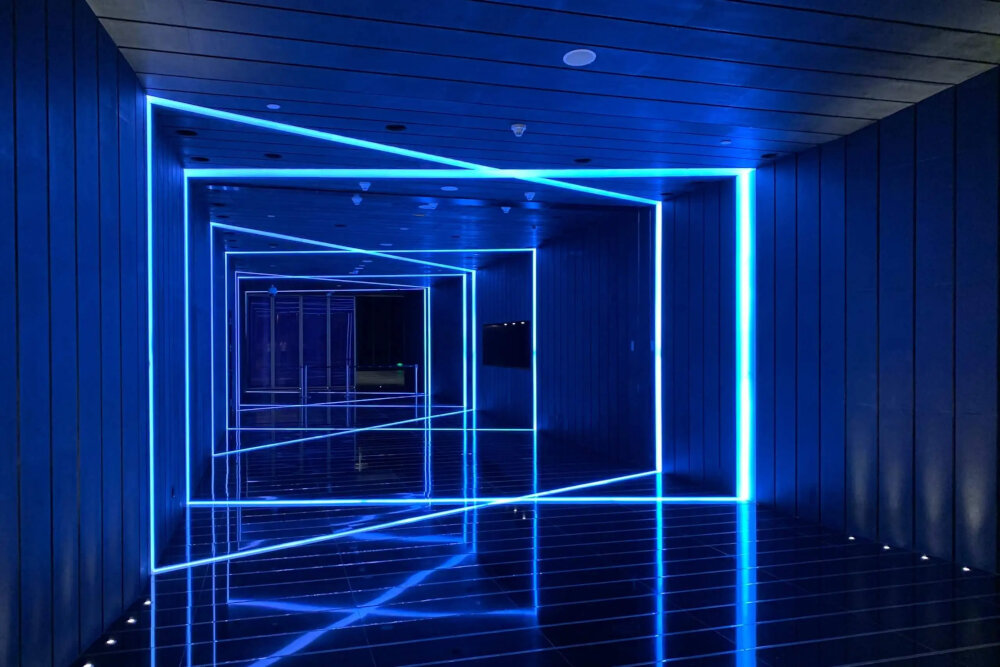
In conclusion, optimizing your TV viewing experience by discovering the best LED light color can greatly enhance your overall enjoyment of your favorite shows and movies. By understanding the impact of different light colors on your eyes and mood, you can create a more immersive and comfortable viewing environment for yourself and your loved ones. Whether you prefer warm or cool tones, it’s important to consider the brightness and placement of your LED lights to avoid visual discomfort and distractions. With a little experimentation and attention to detail, you can transform your living room into a cozy and inviting home theater that will make every viewing experience a memorable one.

